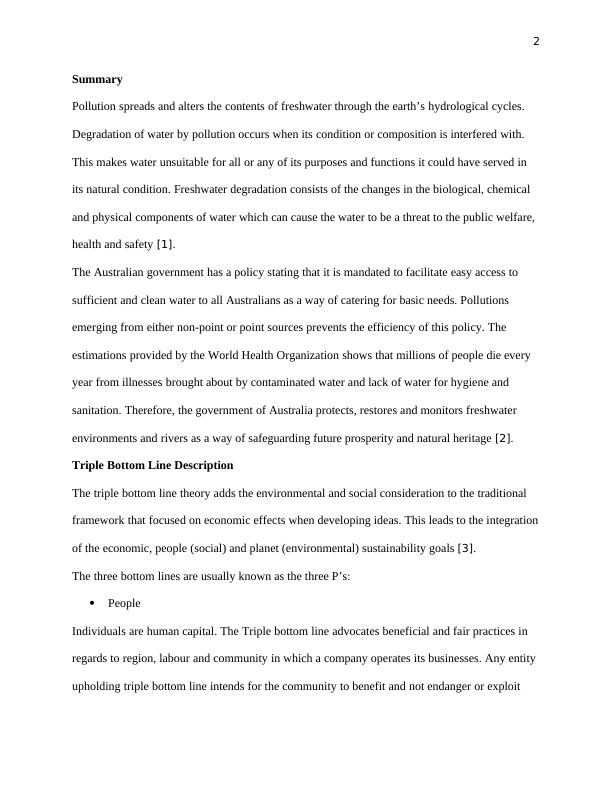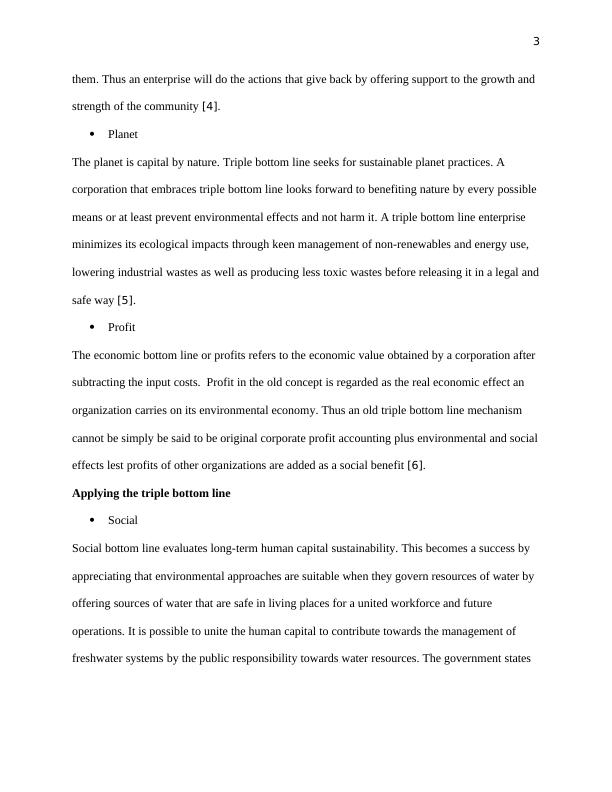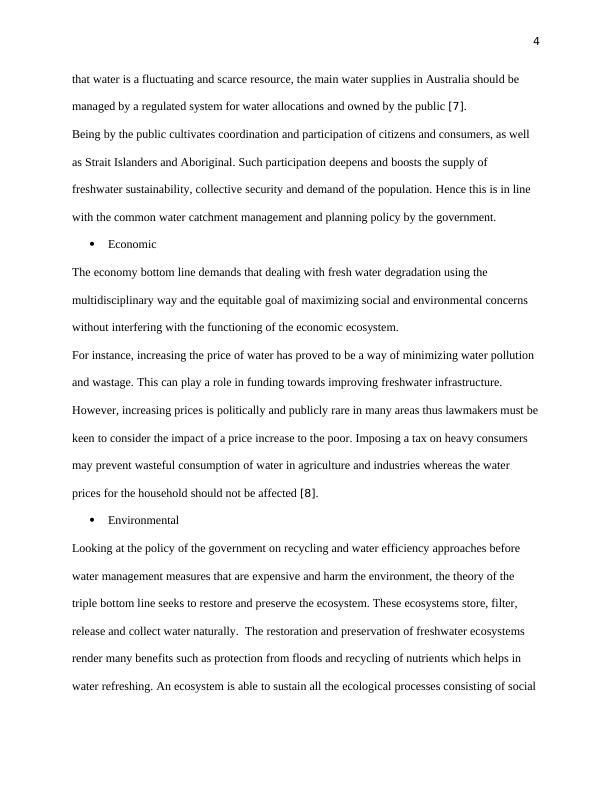Freshwater Degradation: Causes, Impacts, and Solutions
This assignment requires a review of a sustainability issue, including summarizing the environmental issues, analyzing the triple bottom line (TBL) and recommending changes to government policy. It also involves discussing the technology used in managing the issue and its impact on environmental quality.
11 Pages2701 Words90 Views
Added on 2022-12-16
About This Document
This article discusses the causes, impacts, and solutions to freshwater degradation. It explores the importance of preserving and restoring freshwater ecosystems for the well-being of communities and the environment. The article also highlights the role of technology in freshwater management and its potential to reduce environmental impacts.
Freshwater Degradation: Causes, Impacts, and Solutions
This assignment requires a review of a sustainability issue, including summarizing the environmental issues, analyzing the triple bottom line (TBL) and recommending changes to government policy. It also involves discussing the technology used in managing the issue and its impact on environmental quality.
Added on 2022-12-16
ShareRelated Documents
End of preview
Want to access all the pages? Upload your documents or become a member.
Sustainable Business: People, Profits, and Planet
|6
|1482
|377
Sustainability Trends in Food and Beverage Industry
|18
|3701
|315
Business, Society and Planet: Reflective Journal
|6
|1418
|79
The Triple Bottom Line of Ikea Company
|5
|1293
|68
Approaches for Sustainable Development in Business Environment
|19
|3694
|382
Supply Chain and Operation Management Assignment 2022
|9
|2631
|38




